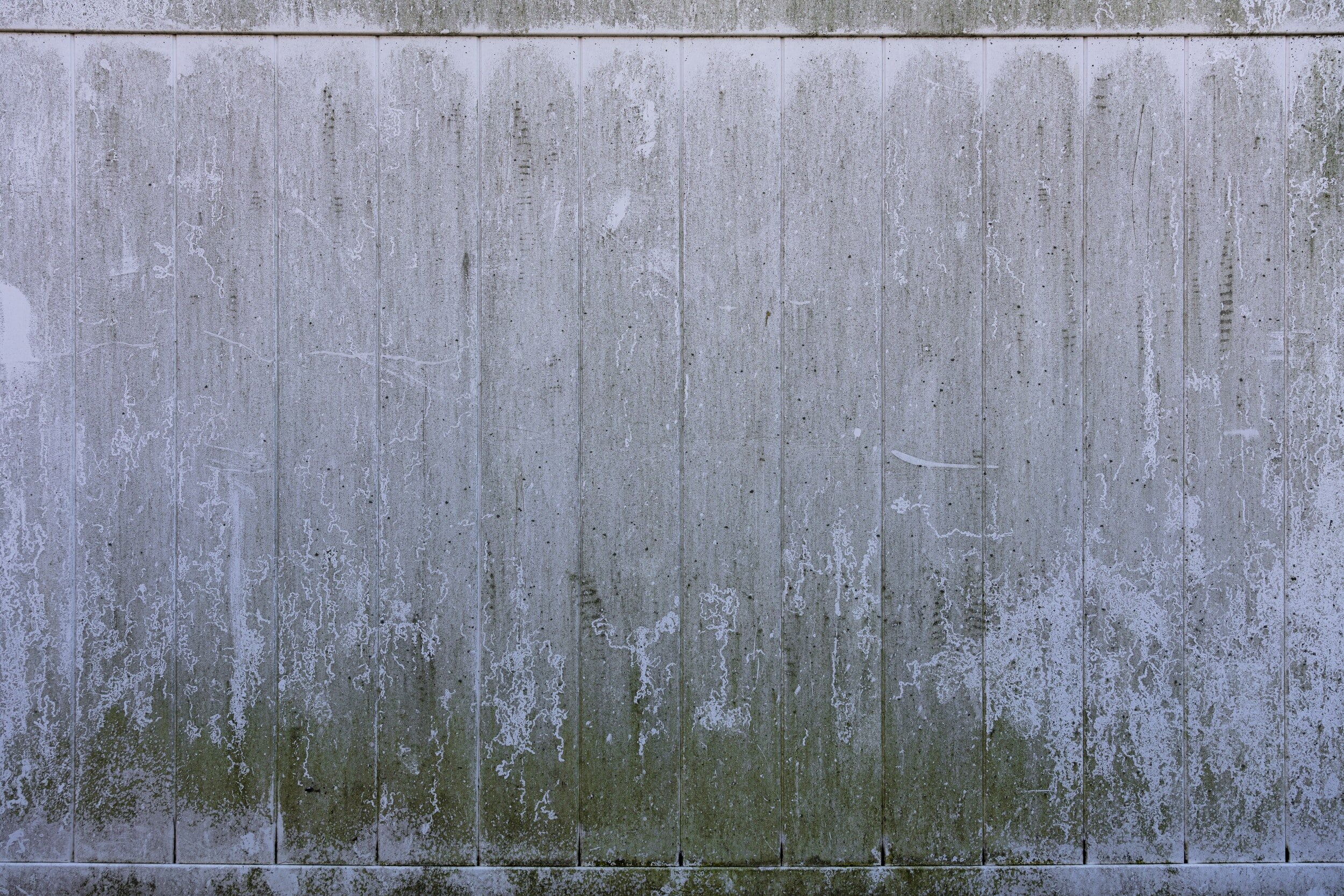What is Mold?
Molds are a form of fungus.
There are many different molds and they can be found both indoors and outdoors. Molds spread through the production of spores, which are present in all indoor environments and cannot be removed from them – spores are capable of surviving in harsh conditions that otherwise prevent the normal mold growth. Molds grow best in moist, warm and humid environments – easily created in the home during the winter. When mold spores land on a damp spot they can begin to grow, digesting the material they are growing on as they do so. Molds are capable of growing on a variety of different surfaces, including fabric, paper and wood
Mold spores, invisible to the naked eye, can be found everywhere, both indoors and outdoors. Spores make their way into the home either through the air or after attaching to objects or people. Open windows, doorways and ventilation systems are all gateways through which spores can enter. Clothing, shoes and pets can all facilitate the arrival of mold within the home.
Mold will only grow if spores land somewhere that has the ideal conditions for growing – places with excessive moisture and a supply of suitable nutrients. If this does not happen, molds do not normally cause any problem at all.
Mold can often be found in areas where leakages and flooding have occurred and near windows where condensation builds up. Wet cellulose materials are most supportive of mold growth, including paper products, cardboard, ceiling tiles and wood products. Wallpaper, insulation materials and upholstery are other typical launchpads for mold growth.
Mold growth is usually noticeable – it is usually visible and often produces a musty odor.
Preventing Mold
Despite the inconclusive nature of current research, the CDC and EPA recommend that any mold growth should be dealt with promptly.
Both organizations state that controlling moisture is most crucial to preventing mold from growing indoors. Acting quickly in the event of a leak or spillage is important, and drying areas within 48 hours of exposure to excess moisture should ensure that mold will not grow.
The level of humidity within the home is another important factor. Although it may not be immediately apparent, a high level of moisture in the air will promote mold growth. Condensation on the interior windows is often a sign that humidity is high within a room. If condensation is present, a qualified HVAC contractor should evaluate your heating system and humidifier.
Increasing ventilation by opening windows or using an extractor fan reduces the level of moisture in the air. Humidity can also be reduced in specific rooms by avoiding moisture-producing activities in them, such as drying clothes or using kerosene heaters.
Be wary of porous materials that have been affected by molds, such as fabric or wood. Mold can infiltrate these materials, may be impossible to remove completely and could potentially grow back if the conditions are right. In many cases, it may be best to get rid of items such as these that have been affected for a long period.
Patches of mold that are larger than 3 ft by 3 ft may be best tackled by professional mold cleaning experts.
If you are worried by any potential exposure to mold or you believe that you are having associated health problems, it is recommended that you contact a health service provider and a qualified mold specialist for further evaluation and testing.

